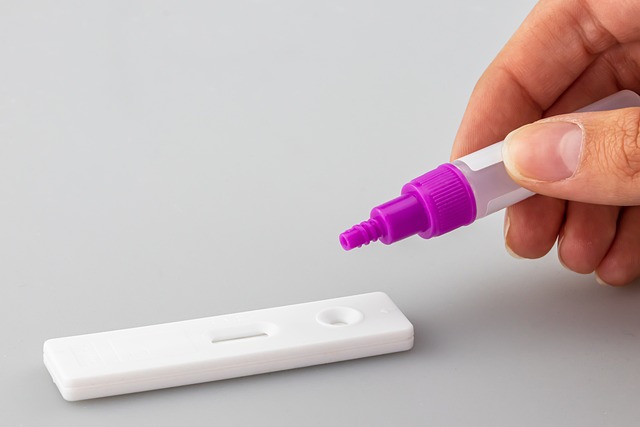In San Antonio, older homes built before 1978 may contain hazardous lead paint, posing significant health risks to children. To safeguard them, a comprehensive strategy includes regular water supply testing and sampling using advanced methods like ICP-MS to detect lead levels. If elevated levels are found, collaborative efforts between health authorities and homeowners implement remediation measures like filtered water, pipe replacement, and plumbing maintenance to minimize lead exposure and protect the community's children from developmental issues related to lead paint.
In San Antonio, protecting children from lead paint risks in older homes is paramount. While efforts have been made to address lead-based paint hazards, ensuring safe drinking water remains a critical component of comprehensive risk mitigation. This article delves into the essential practice of lead testing water supply sampling, outlining the process and highlighting strategies to mitigate lead exposure. By understanding these measures, folks can take proactive steps to safeguard their children’s health in San Antonio homes with historical lead paint issues.
- Understanding Lead Paint Risks for Children in San Antonio Homes
- The Process of Lead Testing Water Supply Sampling
- Mitigating Lead Exposure: Ensuring Safe Drinking Water for Kids
Understanding Lead Paint Risks for Children in San Antonio Homes

Lead paint poses a significant risk to children living in older homes in San Antonio, Texas. While many modern homes are free from this hazard due to stricter regulations, older buildings may still contain lead-based paint, particularly those constructed before 1978 when lead-based paint was commonly used. Children, with their developing bodies and higher hand-to-mouth contact rates, are particularly vulnerable to lead exposure from flaking or chipping paint. This can result in severe health issues such as developmental delays, learning disabilities, reduced IQ, and even behavioral problems.
Protecting children from lead paint in San Antonio homes involves regular inspection and testing of painted surfaces, especially in areas prone to wear and tear like windowsills, doors, and staircases. If lead is detected, proper remediation methods should be employed to ensure the safety of young inhabitants. Homeowners can take proactive measures by keeping homes clean, regularly washing hands, and maintaining a paint-free environment as much as possible. Awareness and quick action are key in mitigating the risks associated with lead paint exposure for children in San Antonio.
The Process of Lead Testing Water Supply Sampling

Lead testing water supply sampling is a crucial process for protecting children from lead paint in San Antonio homes. It involves a systematic approach to ensure the safety of drinking water. The first step is to collect water samples from various points within the home’s plumbing system, including faucets and pipes. These samples are then sent to certified laboratories for analysis.
The laboratory tests the samples for the presence of lead, using advanced techniques like inductively coupled plasma mass spectrometry (ICP-MS). Once the results are available, they are evaluated against established safety standards to determine whether the water supply poses a risk. If lead levels exceed these standards, targeted remediation measures are implemented to mitigate any potential harm, focusing on both the water source and, if necessary, the home’s plumbing infrastructure.
Mitigating Lead Exposure: Ensuring Safe Drinking Water for Kids

Lead exposure is a serious health concern, especially for children whose developing bodies are more susceptible to its toxic effects. In San Antonio, one of the primary ways to mitigate lead exposure is by thoroughly testing and monitoring water supplies in homes built before 1978, when lead-based paint was commonly used. Older homes may have lead pipes or plumbing fixtures that can leach lead into drinking water, posing a significant risk to kids.
Regular water sampling and proper testing protocols are essential steps in ensuring safe drinking water for San Antonio’s children. By identifying potential sources of lead contamination, such as old pipes or lead-based solder, local health authorities can work with homeowners to implement effective mitigation strategies. This includes using filtered water, replacing lead pipes, and properly maintaining plumbing systems to minimize the risk of lead ingestion. Protecting children from lead paint in San Antonio homes involves a collaborative effort between residents, local governments, and health organizations to safeguard the well-being of the community’s youngest members.
Protecting children from lead paint in San Antonio homes involves a multi-faceted approach, with lead testing water supply sampling as a crucial step. By understanding the risks associated with lead paint and implementing effective mitigation strategies, including safe drinking water practices, we can create a healthier environment for our kids. Regularly testing water supplies ensures that potential lead contaminants are identified and addressed promptly, thereby safeguarding the well-being of San Antonio’s youth.
